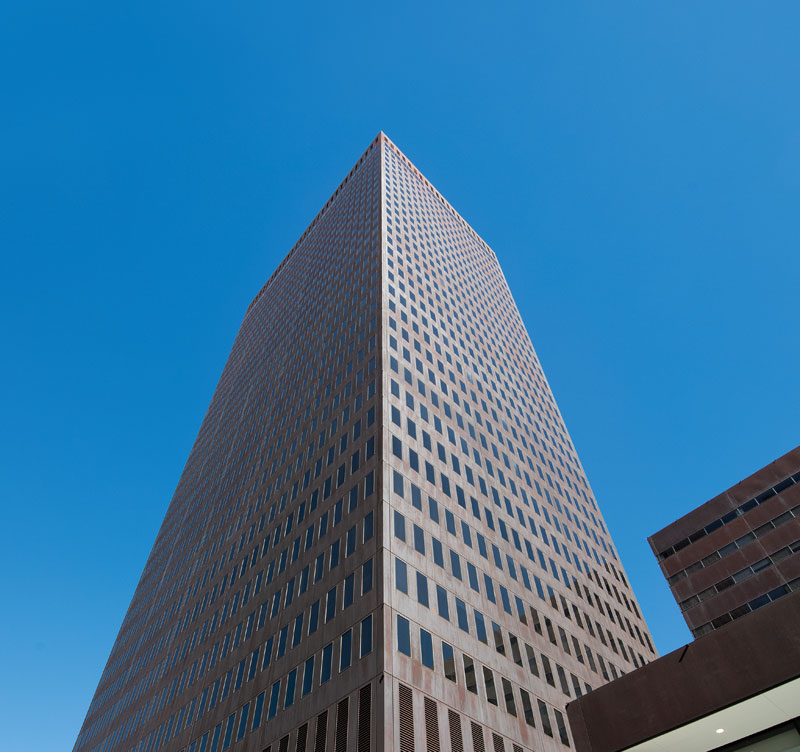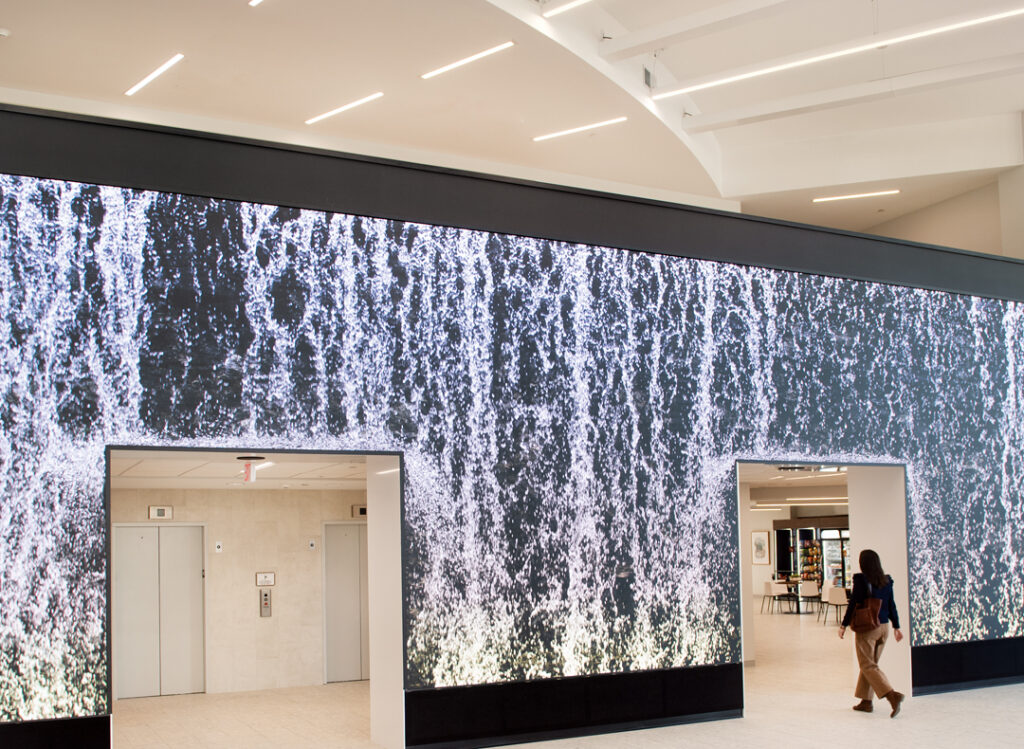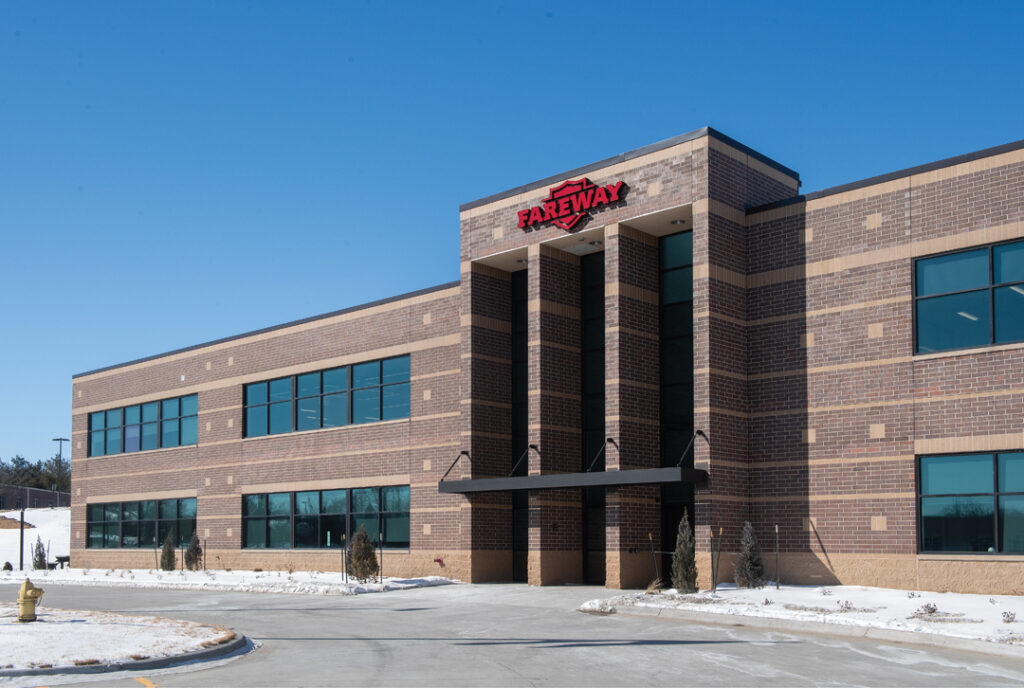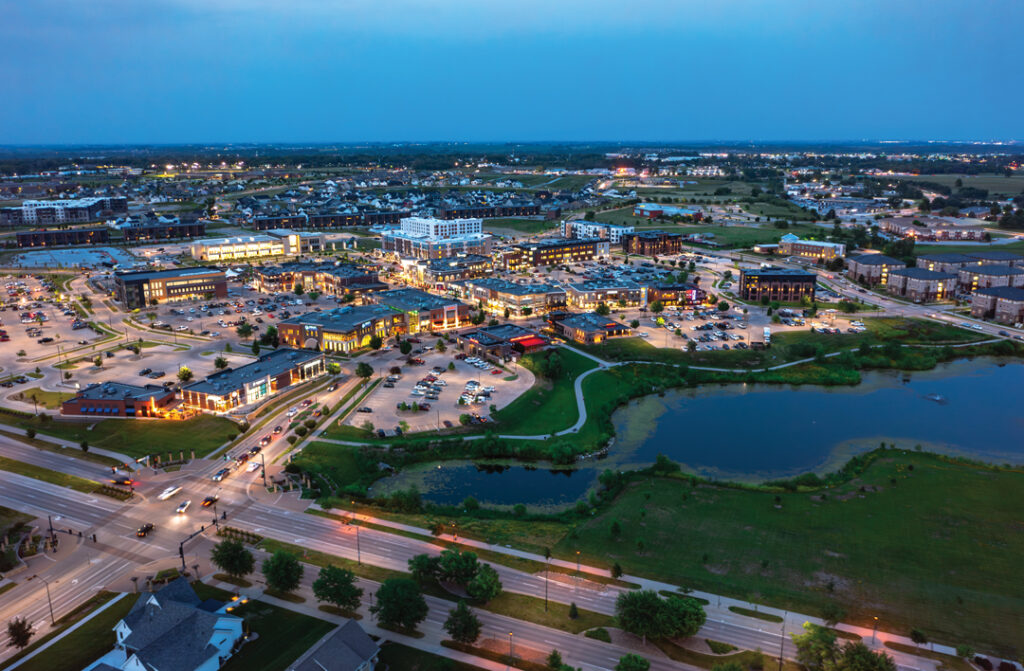Innovating growth: Iowa State University Research Park eyeing future expansion

Michael Crumb Apr 24, 2025 | 6:00 am
5 min read time
1,080 wordsBusiness Record Insider, Real Estate and DevelopmentThe Iowa State University Research Park began as a hub for startups on 40 acres in 1987. It has grown to more than 550 acres and 145 companies with more than 2,500 employees. And with the university owning another 3,000 acres south of the Research Park, there is an opportunity for continued growth, leaders of the organization said.
Those acres are being used primarily for agriculture. ISU Research Park President and Director Rick Sanders said the land opens the door to conversations about “how are we making sure that we’re using all of that for the highest and best purpose? Not that it’s not being used that way right now, but there’s a lot of components south of town here that are 50 years old and being utilized in that way. Is that the highest and best use today? We need to start to answer some of those questions.”
“If those ag uses can really be located anywhere — draw a circle around the campus, can they be located anywhere within that circle? If we think there is a market to do more than that, what are those highest and best uses and how are we moving thoughtfully in a way that frees land up?” Sanders said.
Over the years, the Research Park has been home to both human and animal vaccine developers and financial reporting software makers. There are seed scientists, pet food researchers, and a company that develops technology for using human brain waves to control objects and studies the relationship of the brain activities to emotional and intellectual states.
The Research Park is also home to a nonprofit that brings together experts to provide unbiased science-based information to policymakers, the public and private sector. Another company builds direct-to-consumer indoor farms and the first fresh salad drive-thrus.
Deere & Co., Vermeer, Kent Corp., Pella Corp., and Collins Aerospace also have a presence at the Research Park.
As part of its growth, the ISU Research Park celebrated the opening of the Alliant Energy Agriculture Innovation Lab in December. The 86,000-square-foot building creates a home for “service-driven innovation” for the university’s Digital Agriculture Innovation Team.
The building is located on University Boulevard on the southern edge of the Research Park, which is on the south edge of Ames. It quadruples the space the team has to work with customers, do research and develop projects, a sizable increase from the space the team previously occupied at the university’s research farm along U.S. Highway 30 west of Ames.
“This facility provides us the space that is proportional to our ambition for how we want to serve in the future,” said Matt Darr, the team’s leader. “It gives us the training space to bring in the types of groups and provide them hands-on experiences that are unique and differentiated. It gives us the type of access to labs and shop space to help support Iowa companies the way we aspire to and intend to.”
The cost of the building was about $15.5 million, with Alliant Energy contributing $3 million from a strategic projects budget funded by shareholders. The balance came from the Research Park, including the land contribution.
Aerial images show the gradual development of the Iowa State University Research Park from 1994 through 2024. The park is located south of U.S. Highway 30, pictured on the left of the images, and east of University Boulevard, the road shown at the bottom of the images. The images show the first developments on North and South Loop Drives, the construction of the Workiva Campus and the expansion to include the new Alliant Energy Ag Innovation Lab, which opened in 2024. Images provided by the ISU Research Park
Darr said locating in the Research Park made sense given its proximity to the university and amenities the community offers.
“We certainly could have expanded [at the BioCentury Research Farm] but there were several key points of value to getting here,” he said. “First, it’s on a bus route so in terms of student access and connectivity, this brings us closer to that. We can get students here for classes, for hands-on experiences. It’s closer to a lot of the partners we work with.”
Another new development is the construction of a new building for Strand Engineering, which is expanding in Ames following its 2022 acquisition of Fox Engineering.
The Research Park has also begun to venture into mixed-use and residential developments as it plans to provide amenities for people who work there — and eventually those who will live there.
Sanders said another step in the park’s evolution will be attracting those companies that don’t already have a connection to the park. He cited Pivot Bio as one of the Research Park’s first examples of doing that.
Pivot Bio developed a product that allows farmers to apply nitrogen in a more predictable and consistent manner. Doing so reduces the risk of runoff by eliminating surface applications of chemical fertilizer later on. While the product was based on work done by ISU faculty who later sold it, Pivot Bio was a Silicon Valley-based company that had a location in St. Louis but later moved to the Research Park, Sanders said.
“How are we going to draw those entities that currently don’t have a connection but frankly need a connection?” he said. “How do we offer what we need to offer to get them here? I feel like that’s the next evolution of the ISU Research Park.”
Warren Madden, who retired in 2016 after a 50-year career at the university, said the Research Park has surpassed expectations with its rate of growth.
“In the startup business, venture capital people will say 1 out of 10 is a pretty good track record, where you get one big hit and several others that don’t. I think we’ve had a much better track record than that,” said Madden, who finished his tenure as senior vice president for business and finance and currently sits on the Research Park board.
While Madden said he doesn’t foresee the Research Park growing to the level of Silicon Valley in California or the Research Triangle in North Carolina, it will continue to expand and play a critical role in the future development of agriculture innovation and technology and serve as a place to not only develop talent coming from the university, but to attract companies and talent to Iowa.
“I’m optimistic that this will continue,” Madden said. “It has exceeded my expectations.”

Michael Crumb
Michael Crumb is a senior staff writer at Business Record. He covers real estate and development and transportation.















